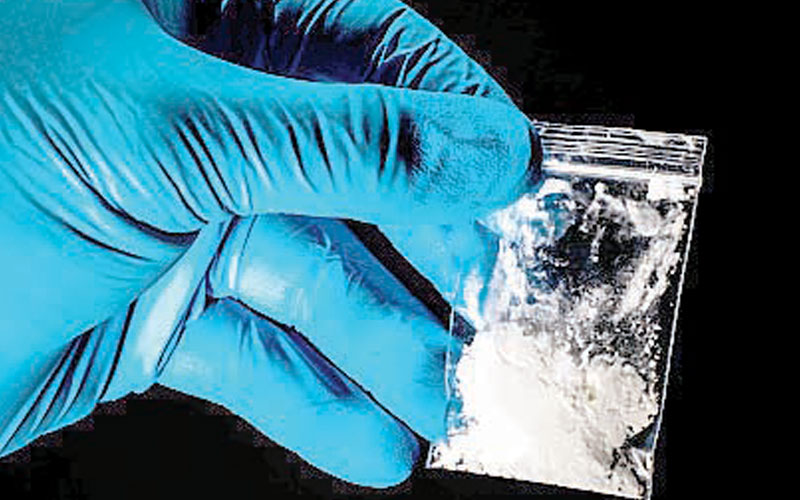It’s never too early to teach children about drug abuse

Adults are role models for children and their views on alcohol, tobacco and drugs can strongly affect how children think about them. So it is important to make talking about drugs a part of the general health and safety conversations.
Social learning theory states that the environment is just as influential as genetics or psychological traits in the development of an addiction. Observations of another’s behaviour can also make people vulnerable to addiction. The observations influence behaviours and thoughts through a variety of ways and this is more profound in children.
When the children are toddlers, it is probably not appropriate to discuss topics like substance abuse or addiction. However, it is appropriate to explain issues such as prescription medicine in simple terms. For example, talking to them about how small amounts, when taken according to label or doctor’s instructions, can make them feel better when they are sick, but too much can make them very sick. Sometimes, children enjoy the flavour of medicine and if this happens with a child, use it as a teachable moment.
Even if the children aren’t thinking about drugs yet, they’re watching. This is why it’s important for an adult to maintain a healthy relationship with drugs and alcohol. If children see one abusing either, they’re more likely to turn to substance abuse later in life. Open discussions about topics like substance use should begin when children are young and when they can understand the basic concepts.
Adults should start talking to their children about substance abuse early in their lives although, how they are talked to matters.
When you start to talk about drugs and alcohol with your children, you want to make sure you’re relating to them in a way they understand. Pre-schoolers, for instance, don’t respond to the same logic as older children and vice versa. The way the brain develops as children grow changes the way they process things.
A good example of how practical this exercise can be when talking to children between six and eight years about tobacco. The key message is that cigarettes are products that contain chemicals that are harmful to people’s health when smoked. The discussion could be further broken down to defining smoking as breathing smoke in and out from cigarettes. It is also important to explain to them about second-hand smoke by way of indicating that it is smoke from cigarettes being used by others. They need to be made to understand that they can be exposed to secondhand smoke if they are near someone who is smoking.
The discussion can progress to how dangerous secondhand smoke is to them because it contains poisons that can make them cough, sneeze and have difficulty in breathing, make their clothes and hair smell bad, make them sick and pollute the environment. At this point the children can be advised to stay away from secondhand smoke by staying away from places where people smoke, choosing friends who do not smoke, saying no to friends who ask them to accompany them to places where people smoke and seeking help from parents, teachers and guardians on how to deal with people who smoke.
Fact of the matter is that for children aged between six and 12 years, community norms, school culture and quality of education become increasingly important for safe and healthy emotional, cognitive and social development.
Children of dysfunctional families often start to affiliate at this time with deviant peers, thus putting themselves at increased risk for negative life choices, including substance abuse and involvement in illegal activities.
The messages about substance use are graduated as the children get into different age brackets which influence their psychological needs and capabilities.
—The writer is the manager, corporate communications-Nacada—[email protected]











